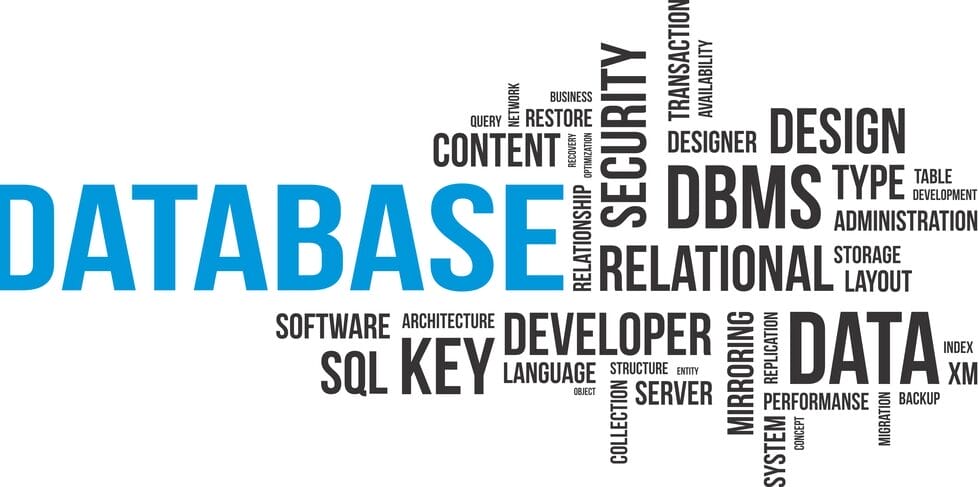Mastering the Art of Database Management: SQL Server DBA Services

LINKS TO CONTENT
ToggleThe term ‘database management’ is a general term that refers to the processes of managing and maintaining databases. This includes carrying out tasks such as creating databases, administering user access, monitoring performance, etc. Although database management can be done using a variety of tools and techniques, SQL Server DBA Services are widely used by organizations for this purpose.
The database administrator (DBA) is the key figure responsible for the management of your database. Over time, the role of a DBA has evolved, and today it revolves around three core functions: manage, monitor, and tune.
In the realm of SQL Server consulting, the initial task of a DBA is to ensure the seamless and efficient operation of databases. This involves the meticulous management of user access through permissions and roles. Following this, they pivot to the monitoring phase, keeping a watchful eye on performance metrics such as CPU usage and I/O activity across servers. This proactive monitoring enables them to detect and address potential issues before they escalate into significant problems. The third dimension of their responsibilities lies in the fine-tuning of systems, optimizing their performance to deliver robust results under high workloads.
In addition to a comprehensive skill set, a SQL Server DBA should possess expertise in various key areas, among which the following are paramount:
For businesses seeking comprehensive database management solutions, DB Serv offers specialized DBA managed services. These services encompass database design, performance tuning, and a range of other critical tasks to guarantee the smooth and optimized operation of SQL Server environments.
You must understand the environment in which your database will be deployed. This involves comprehending not only the application and its workload but also your database and its workload, along with any networks in operation. This is crucial because it’s easy to become fixated on one aspect of a system without considering all of them together. If you’re looking at performance issues related to CPU utilization on a server running SQL Server (for example), but you may not be aware of how many users are accessing that server, what kind of queries they’re running against their databases, or even whether there are multiple databases. Then it’s unlikely that you’ll find an effective solution for resolving those issues by focusing solely on CPU usage within SQL Server itself.
The first step in optimizing the performance of a SQL Server database is to understand the workload of that database. To do this, you must know what types of queries are being run against it, how often they are executed, and how much data they access. You also need to know what kind of data your application stores and how much space it takes up in tables or indexes.
Comprehending how your application utilizes data is crucial as it aids in determining the creation of indexes on tables (and the rationale behind it), and whether an index rebuild would enhance query performance. Also, understanding the way your application uses data is critical because it will help determine whether there are any bottlenecks in processing time due to CPU or memory usage by SQL Server itself.
The SQL Server database administrator must ensure that the data is secure. There are several ways to do this, including:
You should have a backup and recovery plan in place. This is the first step to ensuring that your databases are protected.
First, you should determine what types of backups you need to make: full, differential, or incremental. For example, if there is a major change such as adding new tables or columns then it would be wise to do a full backup before making any changes. Next full backups are usually done once per week but if changes are minor then perhaps do them daily or even hourly as needed so that if something goes wrong with your database you’ll be able to restore from older versions without losing any data since those versions still exist on disk somewhere (unless they were overwritten).
Differential backups only keep track of changes between two points in time whereas incremental ones only keep track of which rows have been modified since the last time they ran which means they’re smaller than differentials but they require more overhead because each time one runs it has worked through all rows again even though most won’t have changed since last run – this could cause performance penalties depending on hardware resources available so consider carefully whether this approach suits needs before implementing!
The SQL Server DBA is a critical role in any organization that relies on its database. The skills and knowledge needed to be an effective DBA will continue to evolve as technology continues to advance and change, but some fundamentals will always remain true: such as understanding how your system works and how best to optimize it for performance. A good DBA knows how backups work so they can recover data quickly if anything goes wrong; they also understand which tools are most appropriate for performing different types of tasks within their environment (such as using PowerShell scripts or Azure SQL).
